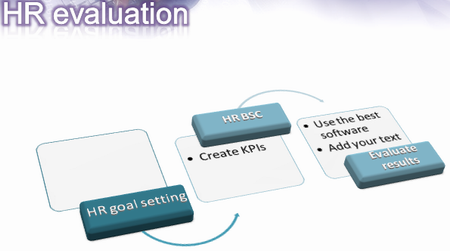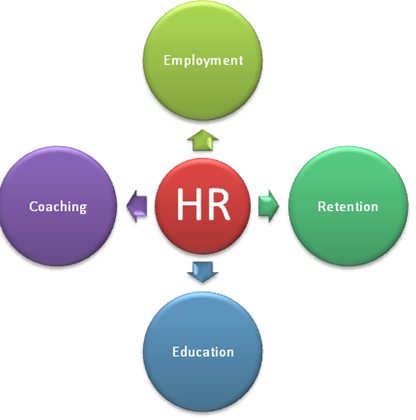What makes human resources measurement imperative for any business? A lot of managers of small and large companies try to find the most reasonable answers to this question. Meanwhile, to realize the importance of this process, you first have to find out the main human resource function. As far as the performance of any enterprise or organization depends much upon the professionalism of its personnel, it becomes clear how significant the work of the HR department really is. It is they who should define the level of skillfulness and knowledgeability of the company’s workforce in order to manage them in the most effective way.

Generally, there are different techniques and strategies the HR department may implement with the purpose of identifying the personnel productivity. All of them have specific pros and cons and that is why it is of key importance to select those that will both simplify the procedure and make it efficient. At present, the most powerful HR measurement tool is the Balanced Scorecard system that applies a set of highly effective human resource metrics. This system enables business owners adopt decisions, which are primarily based on proven data rather than intuition, which is especially critical when it comes to the assessment of HR performance.

It is not a secret that each company, irrespective of the products and services it offers, sets certain business objectives. That is why any HR strategy should be inevitably connected with these goals as well. Only in this case, the company’s human resources measurement systems will prove to be highly effective.
The most crucial human resource practices are generally viewed from the following six perspectives: collegial administration, accountability and rewards, recruiting and retention, cautious application of the available resources, communications veracity and dedicated human resource service technologies. All HR metrics, in their turn, may be classified into the following categories: historical, current (or real-time) and goal-oriented (forward-looking). This subdivision is quite righteous, because it is impossible to evaluate the potential success of the company without the analysis of its historical data.
Nowadays, the most widely applied HR metrics are generally concerned with workforce attitudes, their level of skillfulness, turnover rates, service center functioning, outsourcing expenses, the amount of processed HR transactions, effectiveness of staff training programs and the very process of employment. These metrics are used by lots of businesses today and each of them involves up to five key performance indicators, which provide more accurate and precise HR performance evaluation.